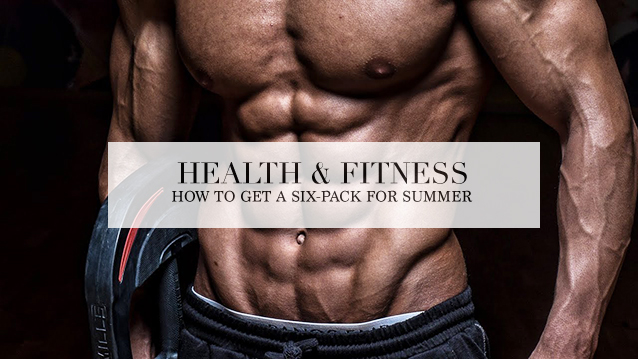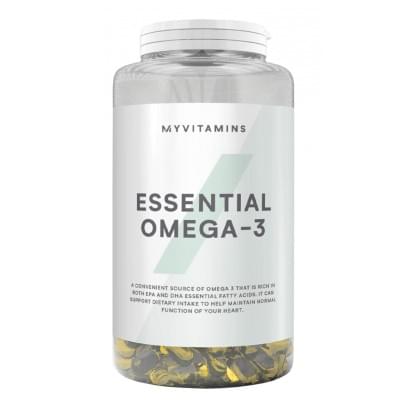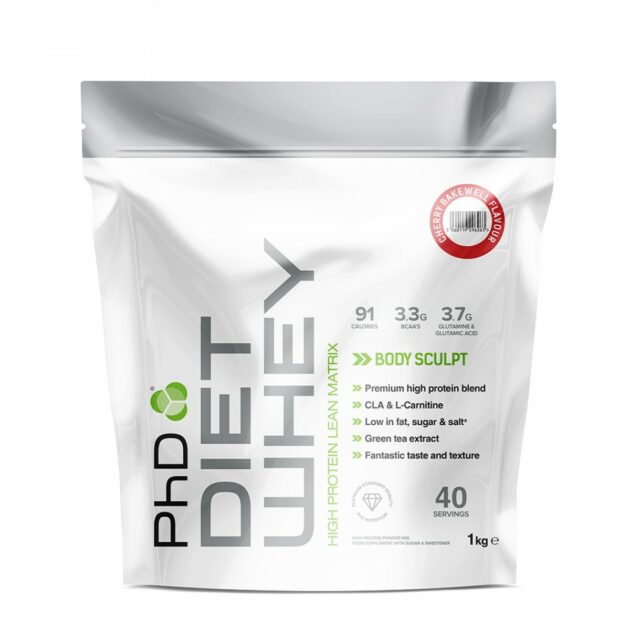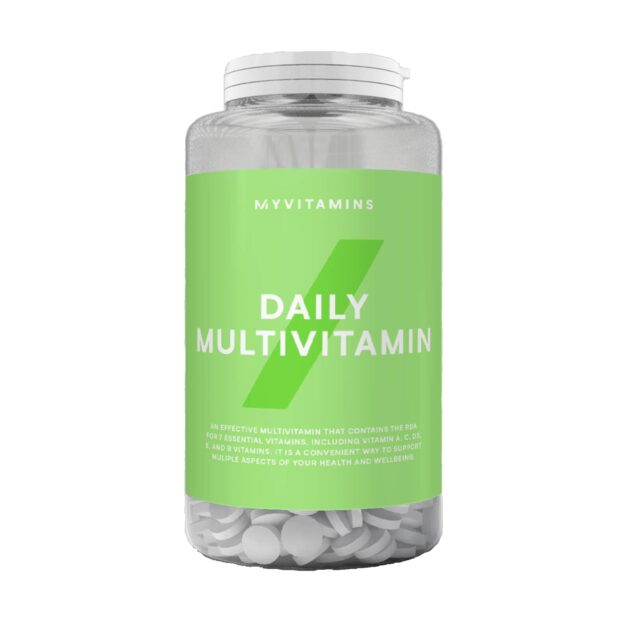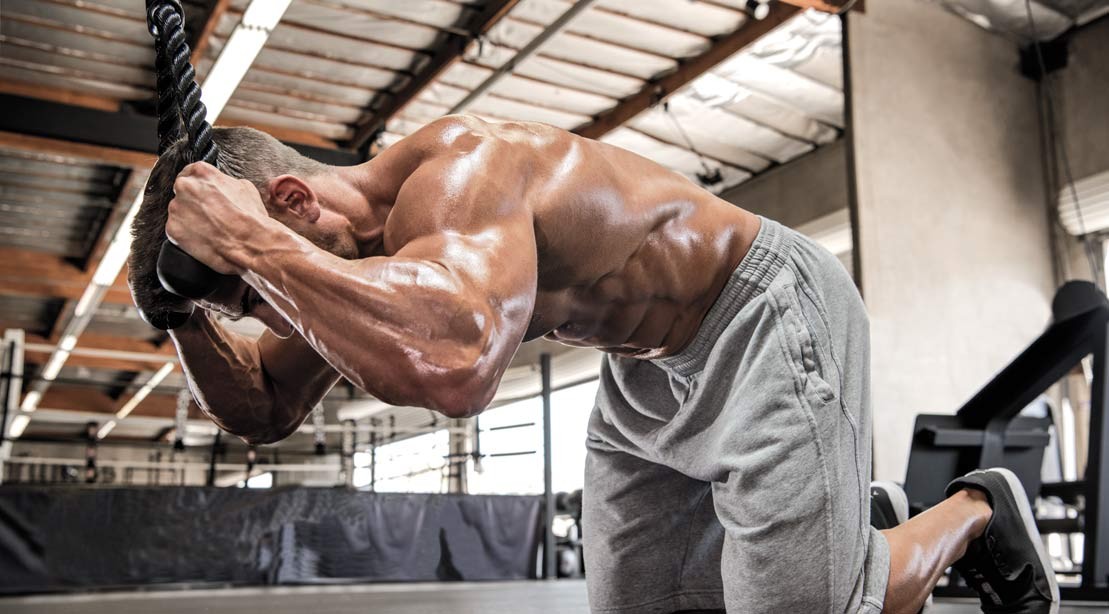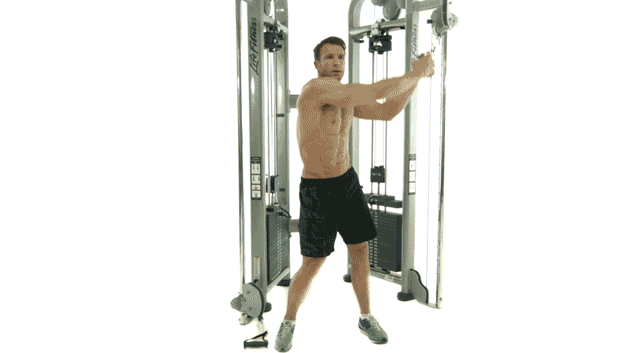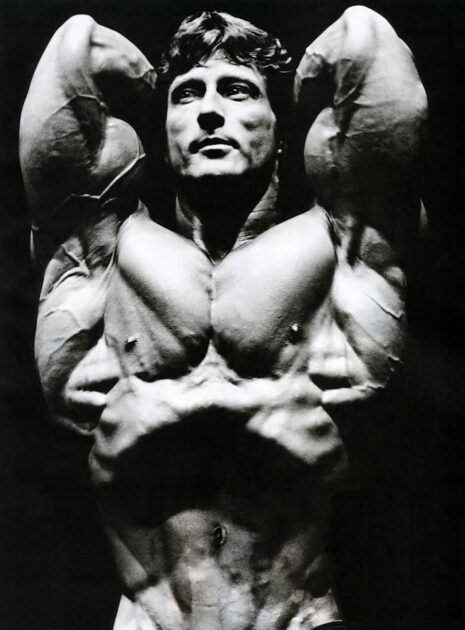Summer is approaching, and like many men, you probably have the goal in mind of getting six pack abs for summer. With the myriad of training regimes for abdominals and advice available, in this article, we will focus on the core principles to get a six-pack in time for summer. So, if you want to know how to get ripped abs, keep reading!
Science Behind The Six-Pack
For some, attaining those chiselled abs can be relatively easy and may not take long to notice definition in the abominable region, others may not be as lucky, however.
Before rushing head first into new workout regimes and diets you should understand the science behind getting six pack abs. This will ensure that the best approach is made so that you do progress and see a positive change in your physique and ab development.
We all have abs, that’s a fact. In most cases, they are hidden underneath a layer of body fat. The degree in which our abdominals show and the overall aesthetics of the abs or six pack, is dependent on these variables:
Body Fat Percentage: The overall body fat that is on your body. This will be one of the most significant factors in determining whether you see your abs or not. This will likely be too high and will need to be reduced. Even the well trained with a great set of abs will see their abs go if they increase their body fat levels by too much.
Abdominal muscle mass: You could be stick thin with a set of abs if you are lean that is. To further develop your abs, to the point which they are more defined and thicker, you will need to increase the mass of the abdominals through a rigorous ab training regime.
Abdominal structure and genetics: Some people will not have abs formed as a six-pack. What they may have instead, however, is a four pack or even an eight pack. The abs may not be symmetrical either, all of this is due to genetics, it can’t be changed.
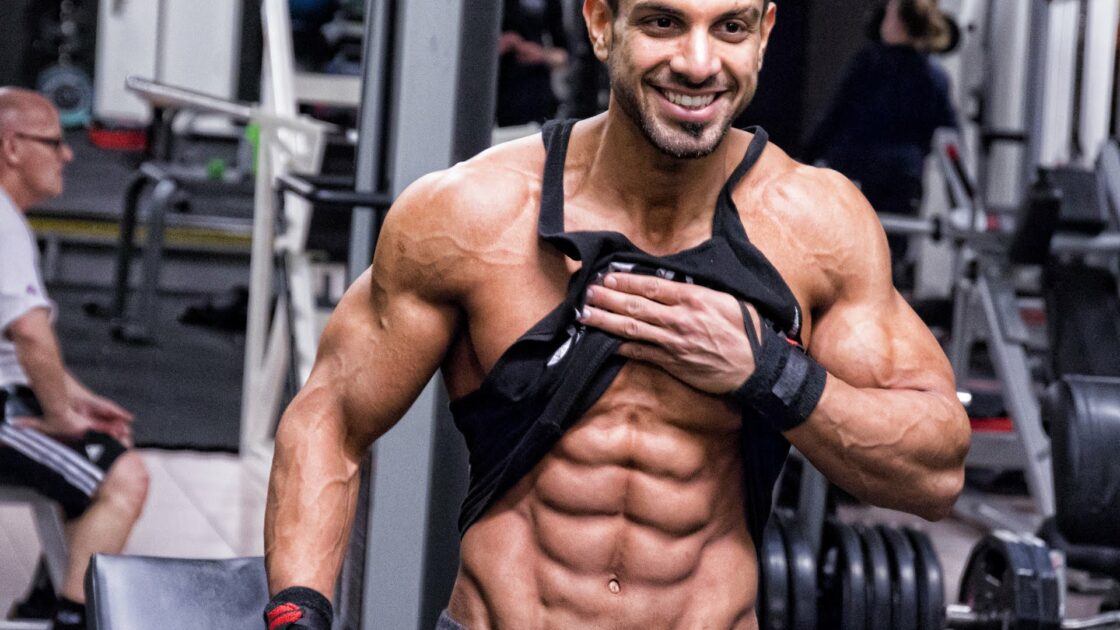
Body fat distribution: Fat distribution can vary on the person. Age and sex can also alter this. It’s common for some men to hold more fat around their lower abdominal region and hips – think love handles. Unfortunately for these men, they will have to work extra hard. They must ensure their diet is clean, and diet longer to shed the stubborn fat around the waist.
A training regime focused on overall fat loss is key if you suffer from stubborn belly fat. Include resistance training within your fat loss regime, ensuring the entire body gets a workout not just the abs! This will further help with overall fat loss through an increase in muscle mass, resulting in increased metabolism.
Finally, include ab specific exercises to increase the thickness and density of the abdominals. The increase in size helps to define the abs so that they protrude through that last bit of stubborn fat.
What Body Fat Percentages You Need To See Your Six-Pack?
This depends on your body composition, structure and sex. It varies for each person, but here are typical estimates:
Men should reduce their body fat to below 14% on average to make their abs visible. This will only show an outline of the abs. If you carry more fat around your waist then it is likely that only the upper portion of the abs will become visible at this body fat level. Below 10% will give you a fitness model physique, with define abs both at the upper portion and lower portion. Below 4% is where you would find competitive bodybuilders. This would give you highly defined abs but would be difficult to maintain for long periods and may carry health risks.
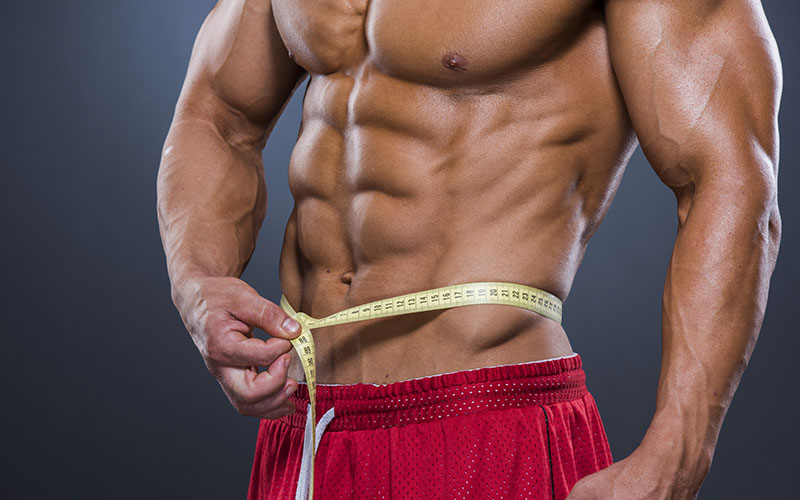
Should I Solely Focus on Ab Exercises To Get a Six-Pack?
No. Ab exercises alone will do little to reduced overall body fat levels. This is because the core is small when we compare it to all skeletal muscle on your body. As it’s relatively small it’s not efficient at burning body fat on its own. Hitting the abs alone will not reduce fat specifically around the abs either. You must include a whole body training regime to maximise fat loss, such as resistance training or High-Intensity Interval Training (HIIT).
Abs exercises should be included along with the rest of your exercise regime, however. This is to build mass in your abs so that when you do reach a body fat level that allows your abs to be seen, they will be thicker and better defined.
Nutrition and Diet Strategy For a Six-Pack
Want a six-pack? Then your diet and nutrition will be key in achieving this goal.
For a successful nutrition and diet strategy, there is one factor that must be met to get visual abs. That is, you must be in a caloric deficit. This means you must consume less energy, in the form of food, than what your body will utilise. If you are overeating, consuming more calories than what your body can metabolise, then you may put on weight in the form of body fat. We say may because if you are following a mass building exercise program, then it is possible that some of that excess calorie intake may contribute to muscle hypertrophy and offset some fat gain.
For the best fat loss program you should consider the following:
Protein: Protein is essential to any good fat loss plan. Why? Protein will help maintain muscle mass, which is key to maintaining a higher metabolic rate. A higher metabolism will increase the total calories burned throughout a day, getting you closer to a caloric deficit.
Protein also suppresses appetite. High protein intake will increase appetite suppressing hormones peptide YY, GLP-1 and cholecystokinin, while reducing the levels of the hormone ghrenlin, responsible for hunger. This can lead to better control over caloric intake, and hopefully, leading to a lower intake of calories.
Carbs: Men use carbohydrates as a primary source of energy. While there are diets that prescribes removing carbohydrates almost completely (Atkins), if you want to follow a programme that increases muscle mass while losing body fat, then you will have to include some carbohydrates into your diet. Without carbohydrates, you will not have sufficient energy to perform heavy lifts necessary to build mass.
While reducing carbohydrates is a great way to lower calorie intake, you must find the right balance. That is to reduce carbohydrates to decrease caloric intake and to supply your body with enough carbohydrates at the right time so that you have sufficient energy to perform those heavy lifts.
Fats: Fat intake, like carbohydrates, can be varied depending on the diet programme you are on. This is something you could tailor to your programme. Some fat loss diets do promote a slight increase in fats while reducing carbohydrates, even though it may sound counter-intuitive. Essential fatty acids should be included in your diet as part of your fat intake. Your body requires them but cannot synthesise them, so you must acquire them from your diet. There are only two fatty acids known to be essential for humans: omega-3 and omega-6. These can be sourced from fish oils or from supplements.
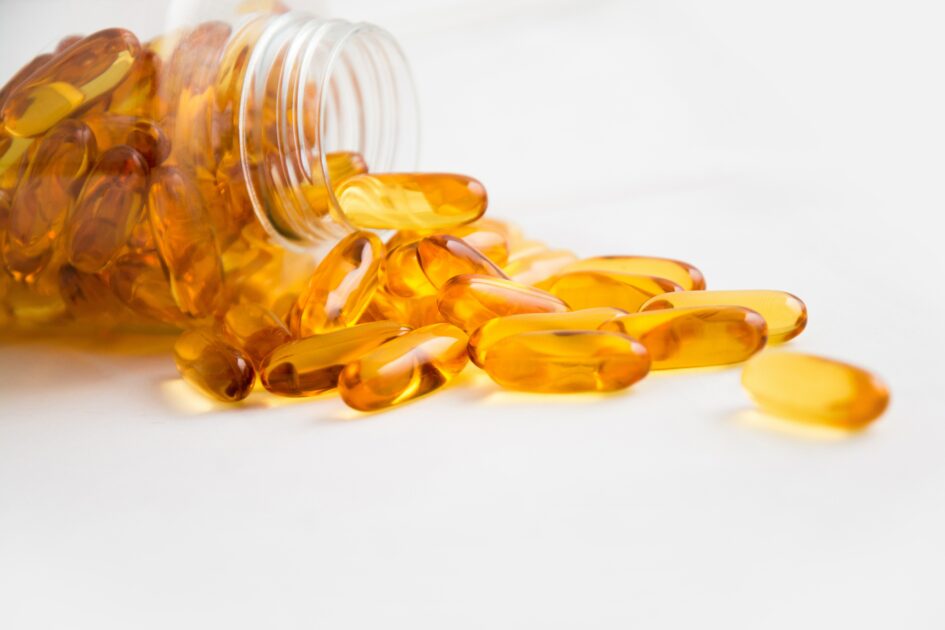
Other good sources of unsaturated fats come from plant oils, they include olive oil, vegetable oil, nuts and sesame oil. These sources contain omega-9 fatty acids. While beneficial, they are not classed as essential fatty acids, as the body can produce them from unsaturated fat. Omega-3 should be prioritised over omega-6 and 9 in your diet. A too high intake of omega-6 and 8 can reduce the uptake of omega-3 because the biological activities of omega-6 and 9 compete with those of omega-3 in the body.
BUY NOW FOR £16.99
Fibre: Fibre should be included in every diet. Its benefits can be seen in the form of improved gut health, lower risk of diseases to the digestive system, reduced hunger craving – which should lead to a reduction in calorie intake. Foods such as whole grains, nuts and seeds are great sources of fibre.
Total calories: Your total calorie output must be larger than your total calorie input. You must burn more calories than what you consume over a given time period. A general guide is that an average man burns about 2,500 calories per day, but this is very simplistic and doesn’t account for the many variables that can affect daily calorie expenditure. We must also take into account lifestyle and activity level, which this number doesn’t fully express.
Supplements: Supplementation should never be a meal replacement. Supplementing with protein, such as whey, though not essential, can ensure that you are in fact taking in sufficient amino acids to maintain muscle mass, throughout your cut. Supplementing with protein powders, such as whey, between meals can also ensure that there is a steady supply of amino acids in your blood stream available for protein synthesis. Your body cannot store excess protein for the use in protein synthesis at a later date, it must be available in the bloodstream. This is why protein intake is best consumed evenly throughout the day.
Vitamin and mineral supplements may also be included in your diet if you have determined that you lack sufficient daily requirements. Again, they shouldn’t be a replacement, seek your daily vitamin and mineral intake through whole foods first.
BUY NOW FOR £6.99
Intermittent fasting: While there are many diets that are promoted globally, there is one that many professionals follow in the fitness industry. That is intermittent fasting. Intermittent fasting is practised by limiting nutritional intake to a set time period throughout a day.
This is how it goes…you avoid any meals from the time you wake up in the morning, until about 12 midday or slightly later. You then give your self an 8 to 10-hour window to consume your necessary calories. You want to ensure that the food you consume is good quality and has the necessary nutritional requirements, these means eating clean – no junk food!
It is ok to consume some protein in the form of protein shakes and drinks, such as black coffee and water – remember it is important to stay hydrated. But you don’t want to consume any meals.
How does intermittent fasting work? Similar to the Atkins diet in which your goal is to deplete your carbohydrate stores so that you use your fat stores as your primary source of energy for the body. See, your body has two energy stores, the first is carbohydrate stores, which for men is their primary store for energy. This is why carbohydrates are important for men and should never be completely removed from a diet.
The secondary store of energy is the fat stores. Unless you are working out in what is known as ‘the fat burning zone’ – aerobic exercise performed at around 70-80% of your maximum heart rate – you may not burn that much fat. The problem is that throughout your day your body will opt to burn carbohydrates over fat.
Intermittent fasting works by depleting your carbohydrate stores first so that you have a window throughout the morning that you start to burn higher levels of fat.
You can accelerate this process by including a light cardio session in the morning, or other forms of exercise. Also, your last meal in the evening could have a lower carbohydrate content than your other meals to help speed up the process.
This works for most individuals if followed correctly. There may be downsides, however. With the limited window in which you consume your food, you may find energy levels to be lower when you come to working out – specifically for your resistance training session. Your strength may decrease.
Some individuals following this diet notice a reduction in tiredness throughout the morning as they have a steady blood glucose level. They essentially don’t experience the insulin spikes and the glucose crash that many people experience consuming a high carbohydrate meal.
This diet is not for everyone, but has shown to be effect for most who follow it correctly.
Training Strategies: How To Train For Six Pack Abs
Weigh (resistance) training: Resistance training should be carried out at least three times per week. Your objective is to increase muscle mass which as a result will increase your metabolism, allowing you to burn more calories throughout the day.
There are many different splits you can opt for. A simple but effective one could include a push day, pull day, and a leg day. Each muscle group should get a workout at least once a week.
Cardio: Men with high body fat levels should include cardio within their training regime. It’s best to keep cardio to the end of a resistance session, otherwise, you will lack sufficient energy to perform lifts to any great effect. Meaning you will not see optimal hypertrophy levels.
A light cardio session could also be performed early in the mornings, that’s if your resistance training is in the evenings.
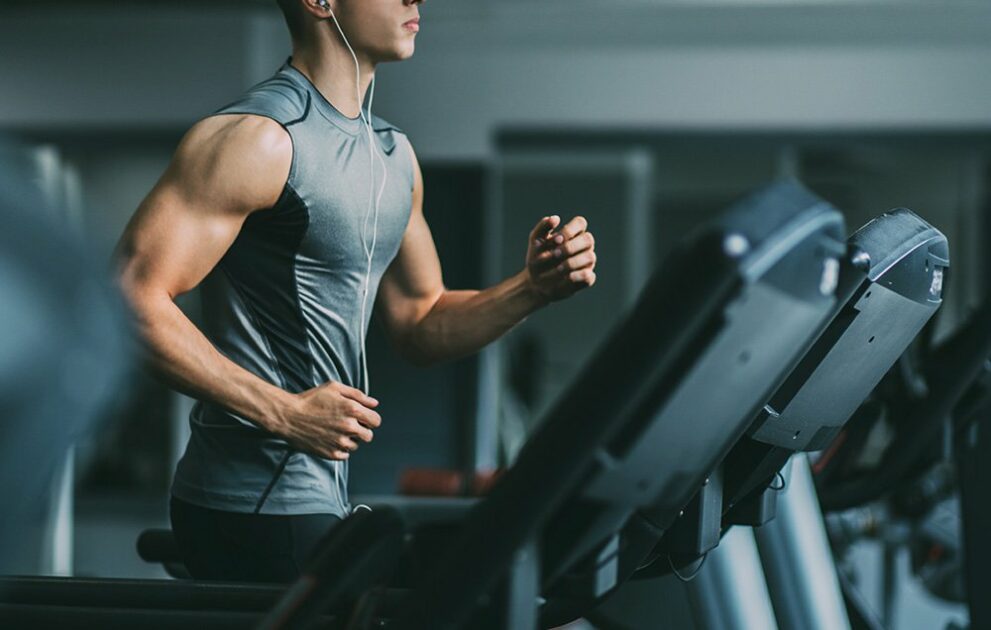
Core strengthening: Your core is made up of muscles around your midsection, front, back and sides. The core consists of the transverse abdominal muscle (TVA), also known as the transverse abdominis; the internal and external obliques, multifidus, reclusive abdominis, erector spinea, along with the diaphragm and some minor core muscles – which include the latissimus dorsi, trapezius, and gluteus maximus.
The function of the core is to stabilise the thorax and pelvis during dynamic movement and provides internal pressure to expel substances from the body.
Strengthening your core will enable you to isometrically (statically) contract your abdominals and specifically the transverse abdominis, and hold that contraction for a greater time period. Strengthening the transverse abdominis can also prevent or reduce protruding abdominals, pulling the abdominal wall inwards. You can perform isometric abdominal contraction while sitting, standing or lying down.
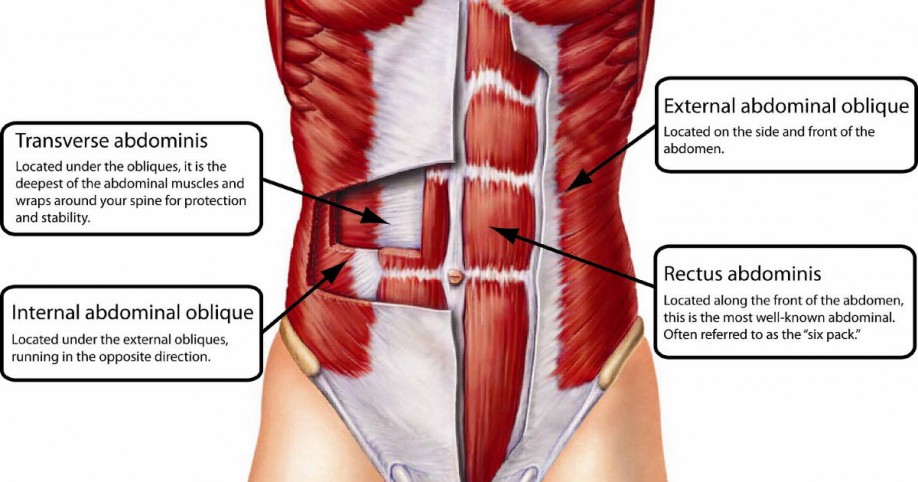
Over time, once the strength has been built up and your body fat has been reduced to significant levels, you should have a flatter stomach and a v-shape waistline.
Ab exercises:
Rectus abdominals (lower/upper): The rectus abdominals is a paired muscle running vertically on each side of the anterior wall of the abdomen. Though the muscle is not split horizontally we do, for the purpose of training, approach the rectus abdominals as though they are two separate regions, with an upper portion and a lower portion. This is due to muscle mechanics and ensuring the right exercise is applied to the abs to sufficiently stimulate the entire muscle.
To stimulate the lower portion of the abs you need to perform a movement which involves a posterior pelvic tilt. That is a tilt in which the pelvis moves forward along with flexion in the spine.
Exercises that target the lower abs include:
- Hanging leg raise
- Reverse crunch
- Lying leg raise
- Bent knee hip raise
- Exercise ball pull-in
- Jackknife sit-up
- Seated leg tucks

To stimulate the upper portion of the abs you need to perform a movement which involves thoracic flexion.
Exercises that target the upper abs body include:
- Rope crunch
- Crunches
- Exercise ball crunch
- Ab crunch machine
The obliques, specifically the external obliques, are a pair of muscles that lie on the lateral side of the body. Their function is to aid in rotation of the trunk and lateral flexion (side bending). They also help to pull the chest downward and compress the abdominal cavity.
To stimulate the obliques you need to perform either a lateral flexion or a rotation at the waist.
Exercises that target the obliques:
- Cable Wood chop
- Plate twist
- Oblique cable crunch
- Decline oblique crunch
- Dumbbell side bend
- Standing cable cross
The transverse abdominis acts like a weightlifting belt. It helps to compress the viscera and ribs, to provide thoracic and pelvic stability. It helps to stabilise the lower back and pelvis before movement of the legs or arms occurs.
With an effective training regime that targets the transverse abdominals, you can improve not only your core strength but also the aesthetics of your abdominal region too. Targeting the transverse abdominals will help to reduce or prevent protruding abdominal muscles, effectively flattening your belly.
To stimulate the transverse abdominis you need to perform bracing exercises.
Exercises that target the transverse abdominis:
- Stomach vacuums
- Ab roller
- Planks
How Many Times a Week Must You Train to Get Abs?
Train your abs like any other muscle group. Many people will train their abs for 10-15 minutes at the end of their training sessions. At this point in your session, you will be relatively fatigued, so your strength will be lowered and your ability to contract your muscles fully will be diminished.
Move your ab exercises towards the start of a session, if you want to see better results. You could even have a training session where you dedicate more time specifically to your abs.
When we say train your abs like any other muscle group, we mean to follow a progressive overload strategy. Aim to increase the resistance over time as this will build thickness if the abs. However, while you should push for heavier weight loads during ab exercises, you should also vary your methods, such as, dropping the resistance and focusing on maximal muscle contraction of the abs.
Train your abs at least two or three times per week to see good results. Abs can be trained more frequently than other muscle groups but it’s still important to allow sufficient time for recovery.
The 10 Best Abdominals Exercises To Get a Six Pack:
- Hanging leg raise
- Cable crunch
- Exercise ball crunch
- Side bends
- Oblique cable crunch
- Plate twist
- Ab crunch machine
- Ab roller
- Cable wood chop
- Lying leg raise

